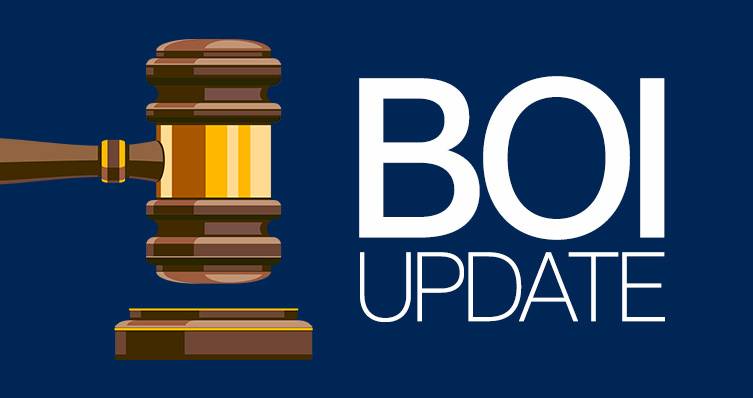Earned wage access (EWA) policies are popping up at companies of every size in every industry, often becoming a key selling point to potential employees.
For industries facing labor shortages – take construction, for example – a perk like EWA could help attract job candidates and motivate current employees to stick around. Regardless of the industry, be aware of all the perks and downsides before jumping into the EWA concept.
Nuts and bolts
EWA goes by several other names — including early pay, same-day pay, instant pay, and daily pay. The perk allows employees to access part of or all their earned but unpaid wages before their next payday. Participants can usually receive the funds within one to three business days at no charge, or sooner if they pay a fee. Funds can be disbursed as a direct deposit to the worker’s bank account, a prepaid card, or a digital wallet.
Although employees may engage an EWA provider directly, employer-sponsored programs are becoming more common. Under this model, an employer usually contracts with a third-party provider to fund early payroll disbursements based on the employer’s time and attendance records. Because the provider is responsible for funding, EWA doesn’t affect the employer’s cash flow and requires no changes to its payroll systems. The provider is repaid through deductions from participants’ paychecks every payday. Some also charge employers fees for setup, maintenance, or transactions.
The popularity of EWA has been climbing steadily. A 2022 survey by human capital management solutions provider ADP found that four out of five employers already offered some form of EWA. What’s more, according to the Consumer Financial Protection Bureau (CFPB):
- The number of EWA transactions processed jumped by more than 90% from 2021 to 2022
- More than 7 million workers accessed approximately $22 billion in 2022
The CFPB attributes the high demand to the fact that about 75% of workers in the U.S. are paid every two weeks or once a month. The wait time between payments can create a cash crunch for employees, who may turn to more costly payday loans, credit cards, bank overdrafts, or other options.
Pros and cons
The benefits of EWA for participants are obvious. They can tap their wages before payday without going through a credit check or satisfying an income requirement. Even with fees for instant access, EWA is often cheaper than a payday loan. And participants don’t have to worry about dealing with collection agencies, accumulating interest at staggering rates, or lowering their credit scores.
The advantages for employers might not be as apparent, but they are significant.
For starters, personal finances are a leading cause of stress for employees. These issues often undermine employees’ performance, creates distractions, and lowers productivity. Money troubles may even drive employees to look for new jobs. In other words, workers’ financial concerns are bad for their employer.
Additionally, many workers now expect employers to offer EWA in today’s on-demand environment. According to the ADP survey, about 60% of millennial respondents said they’d prioritize a job offer that includes EWA, and 75% said the availability of it would influence their acceptance of an offer.
Still, there are potential issues to consider before rolling out an EWA program.
First, participants may hold unrealistic expectations of EWA and grow disgruntled if it doesn’t solve their financial woes. Design your program carefully and clearly communicate all its features and limitations. In other words, implementing and administering EWA will consume time and resources.
Second, if you partner with a third-party EWA provider and participants encounter problems, your business will still take the blame. It’s critical to carefully vet potential providers and choose one you can trust and work with comfortably. Some providers charge employers fees for their services, so get a clear understanding of every potential fee and their impact on your cash flow.
© 2025 KraftCPAs PLLC










